
All categories
Featured selections
Trade Assurance
Buyer Central
Help Center
Get the app
Become a supplier

(32 products available)
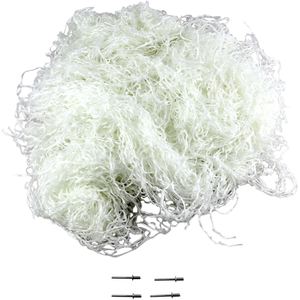

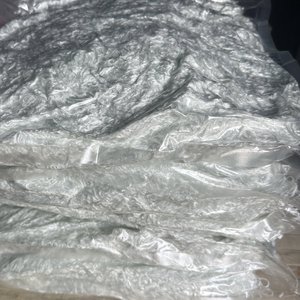
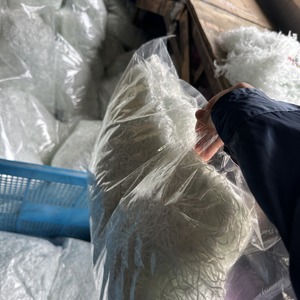



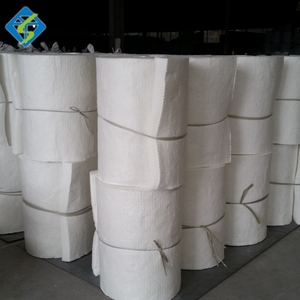



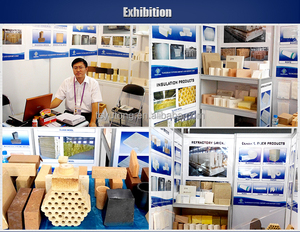


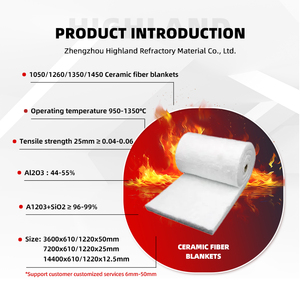

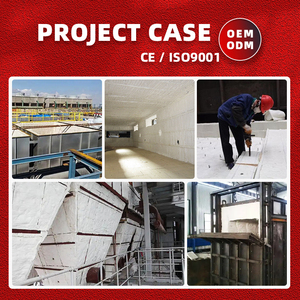














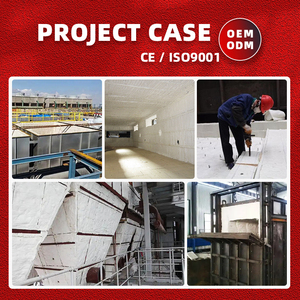


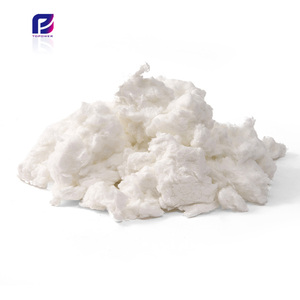
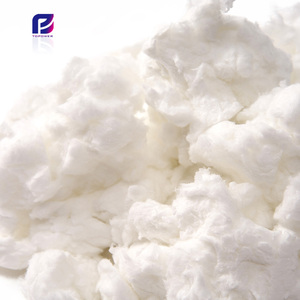

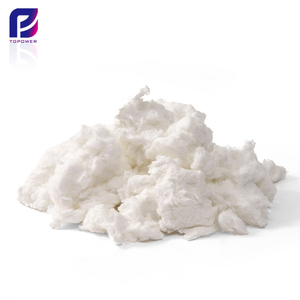



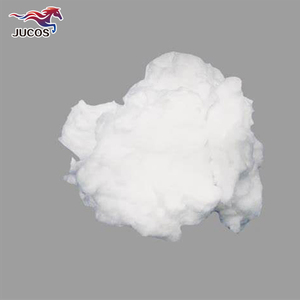
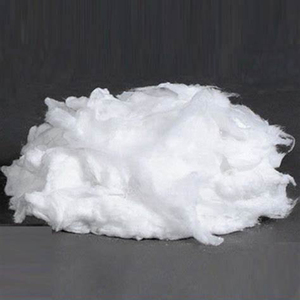
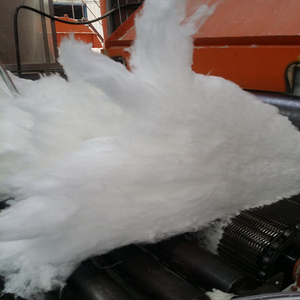


Muffler ceramic fiber wool comes in different types to suit various industrial, automotive, and commercial applications and needs.
Standard Ceramic Fiber Wool
The standard ceramic fiber wool is manufactured using a patented process of spinning continuous filaments of ceramic fiber. This production method makes this type lightweight, flexible, and easy to install. Standard Ceramic Fiber Wool can sustain temperatures of up to 1260°C. However, for optimal performance, it is advisable to use it in applications below 1000°C.
High-Performance Ceramic Fiber Wool
This type is manufactured for use in extreme conditions – particularly high temperatures and aggressive environments. HPMC's advanced formulation enhances tensile strength, chemical resistance, and thermal stability. Users in industries like aerospace and oil and gas prefer this variety due to its superior insulation properties. The High-Performance Ceramic Fiber Wool has a temperature tolerance of slightly over 1400°C.
Needle-Punched Ceramic Fiber Wool
This ceramic fiber is produced by putting together and piercing the fibers as needed to blend and set the material. This process strengthens and binds the wool, producing a denser and more robust product. Needle-punched ceramic fiber wool is appropriate for such applications as insulation blankets and linings requiring additional durability, mechanical strength, and wear resistance.
Blown-In Ceramic Fiber Wool
Blown-in ceramic fiber wool uses air pressure and a special nozzle to blow and install the material in hard-to-reach places. This process makes it ideal for filling voids, cavities, and irregular spaces and providing good thermal insulation. BICFW is mainly used in industrial furnaces, kilns, and other high-temperature installations where access is restricted.
Ceramic fibers are made from inorganic natural and synthetic materials that resist extreme temperatures, such as over 1260°C. Below are some key features of muffler ceramic fiber wool:
Exceptional Thermal Resistance
One major property of ceramic fiber wool is its outstanding ability to withstand heat. The material can bear temperaturepoints above 1260°C without losing its structural integrity. This makes it ideal for use in automotive, industrial, and aerospace conditions where heat build-up is intense.
Lightweight and Flexible
Muffler ceramic fiber wool is ergonomically designed to be lightweight and flexible. In comparison, it has very little mass. This feature makes it easy to install in tight and awkward spaces and provides better performance with very little added bulk. Indeed, the material weighs only one-fifth as much as comparable asbestos insulation.
Low Thermal Conductivity
Ceramic fiber wool has excellent thermal insulation since it reduces energy emissions and maintains ideal temperatures in enclosed spaces. Its very low thermal conductivity helps it keep heat in place, heightening efficiency and minimizing energy losses in kilns, furnaces, and industrial equipment.
Chemical Inertness
Besides being resistant to strong heat, muffler ceramic fiber wool is inert to many chemicals and corrosive substances, including acids and bases. This chemical resistance property makes it ideal for industries where exposure to numerous chemicals is normal. In these spaces, insulation materials need to resist not only heat but also chemical degradation.
Sound Dampening Capabilities
Muffler ceramic fiber wool does more than insulate against heat. It also dampens sound to reduce noisy operation in engines, exhaust systems, and industrial machinery. Since ceramic fiber wool is porous, sound waves absorb and minimize their intensity before reaching other space areas.
Biologically Safe
Thus far, there is no scientific evidence that ceramic fiber wool is a carcinogenic or hazardous material. This makes it safer than asbestos for use in many product-related applications, including automotive and industrial insulation, where contact is commonly made with exposed surfaces.
Ceramic fiber wool is used in many industries to provide reliable insulation in extreme heat conditions. Below are common applications of muffler ceramic fiber wool:
Automotive Exhaust Systems
Muffler ceramic fiber wool is commonly utilized and installed in automotive exhaust systems. Its great thermal endurance capacity allows it to withstand the intense temperatures generated by the engine and the exhaust gases. This provides effective heat insulation within the vehicle, minimizing the risk of overheating surrounding components and improving exhaust system performance.
Industrial Furnaces and Kilns
Muffler ceramic fiber wool sees extensive use in industrial furnaces and kilns, particularly in metallurgical, ceramic, and glass industries. Its low thermal conductivity helps conserve energy, maintain high temperatures, and minimize heat loss during such processes as smelting, heating, and firing. Because of its flexibility, it can be readily shaped to fit intricate designs, making it ideal for insulating furnace linings and kiln structures.
Thermal Insulation Blankets
Muffler ceramic fiber wool is also manufactured into thermal insulation blankets with extensive applications in industrial facilities. These blankets are instrumental in protecting pipelines, equipment, and vessels from heat. This minimizes energy loss and improves worker safety by lowering surface temperatures.
Aerospace Applications
Ceramic fiber wool is also lightweight yet highly heat-resistant. This feature makes it valuable in the aerospace industry for thermal protection blankets and heat shields. Activation of this material protects aircraft engines and spacecraft reentry vehicles from extreme temperatures and ensures the defense of sensitive components and onboard systems.
High-Temperature Laboratories
In high-temperature laboratories and research facilities, muffler ceramic fiber wool is applied in combustion chambers and burners insulation. Because it is chemically inert, it does not contaminate experimental equipment and reacts with chemicals. It is, therefore, a reliable option for scientists and technicians working with highly volatile substances to ensure safety and stability in their experiments.
Industrial Heating Systems
Ceramic fiber wool blankets are used in industrial heating systems like boilers and heat exchangers. Again, it helps minimize heat loss, improves efficiency, and ensures reliable operation in spaces exposed to extreme thermal conditions.
There are three main criteria buyers should focus on when choosing muffler ceramic fiber wool for their customers. They are the product's quality, cost, and reliable supplier. Below is a more detailed explanation:
Product Quality
Buyers should first ensure that the ceramic fiber wool products they intend to buy meet international industry standards. For products like mufflers, quality directly impacts performance, durability, and customer safety and satisfaction. Therefore, buyers must research various products on the market, check customer reviews, and compare the certifications the wool manufacturers have to ensure they source quality products.
Cost
Buyers are always looking for the best deals. However, they should ensure the deals don't come at the expense of product quality. Also, they can only get affordable prices if they conduct thorough market research and price comparison. Moreover, if they buy directly from manufacturers or suppliers in bulk, they may get some concessions. They should also factor in the transportation costs, as they may affect the final product's overall cost.
Reliable Supplier
To sell quality products consistently, buyers should work with reputable ceramic fiber wool manufacturers. They should search for those with a proven track record for reliable product quality and timely delivery and see what industry exposure and experience they have. Once they settle for a specific supplier, they should develop a good business relationship with the supplier so they can negotiate better prices and deals for future orders.
Muffler ceramic fiber wool is a heat-resistant, lightweight, and flexible material. It is made from ceramic fibers that can withstand temperatures of over 1260°C. This makes them ideal for industrial, automotive, and commercial applications. Moreover, its low thermal conductivity enables it to minimize heat transfer efficiently. This property makes it an effective insulating material. It also absorbs sound, thus reducing noise in exhaust systems.
Ceramic fiber wool is made from natural and synthetic materials that are chemically inert and biologically stable. Below are the key components of muffler ceramic fiber wool:
Alumina
Alumina, or aluminum oxide, is one of the key raw materials used to make ceramic fiber wool. It is a naturally occurring crystal with outstanding resistance to high temperatures (over 2000°C). This makes it ideal for applications in extreme environments. This helps ensure durability and stability in such operating conditions.
Silitclon
Silitclon is a silicate mineral used in ceramic fiber wool production. It is one of the most durable naturally occurring materials, providing exceptional thermal resistance (2000°C). Moreover, silitclon has outstanding corrosion resistance. Thus, it protects the fiber wool from aggressive chemical environments and ensures long-term performance.
Spin Casting
Spin casting is a patented technique used to produce continuous filaments from molten ceramic materials. This process forms tightly packed fibers with a high length-to-diameter ratio to enhance insulation properties.
Needle Punching
Needle punching involves mechanically entangling fibers with barbed needles. This process increases the mechanical strength and durability of ceramic fiber wool. This also enables it to maintain structural integrity even at high temperatures.
Ceramic fiber wool is a safer and more effective alternative to asbestos insulation material. Below are the main benefits it has over asbestos:
Lightweight Build
Ceramic fiber wool weighs only one-fifth as much as comparable asbestos insulation. This makes it easier to handle and implement, with almost no added bulk.
Flexibility
Ceramic fiber wool's flexibility property makes it adaptable for various applications. Moreover, it's easily installed in tight and awkward spaces, which is a great plus for builders.
Low Thermal Conductivity
Compared to asbestos, muffler ceramic fiber wool achieves better thermal insulation. Its very low thermal conductivity helps minimize energy losses and improve efficiency in industrial setups and automotive systems. This is especially true when added to exhaust pipes.
Sound Dampening Capabilities
Muffler ceramic fiber wool also does not dampen sound. Therefore, it can minimize noise in engines and industrial machinery to ensure a safer workspace for employees.
Biocompatibility
There are no known health risks associated with ceramic fiber wool. In contrast, exposure to asbestos has severe long-term respiratory problems and other carcinogenic diseases. This makes ceramic fiber wool the safer insulation alternative.